A colonial front, lavish French interiors, stone floors hauled from demolished Italian medieval churches, 200-year-old local indentures – the narrative woven by Jacques Garcia for Six Senses Maxwell is eclectic but harmonic.

March 1st, 2019
Colonel A. Murray was a colonial engineer and surveyor for the British government of the Straits Settlements. Murray Street in Singapore’s Tanjong Pagar district was named after this pioneer, as was the 1929-built Murray Terrace – a cluster of 14 shophouses – on the parallel Cook Street.
It recently housed offices but in December 2018 a series of delicate transformations revealed it as Six Senses Maxwell. This is the second urban property under the wellness luxury brand Six Senses Hotels Resorts Spas, whose portfolio prior comprised resorts in far-flung lands deeply rooted in context and culture.
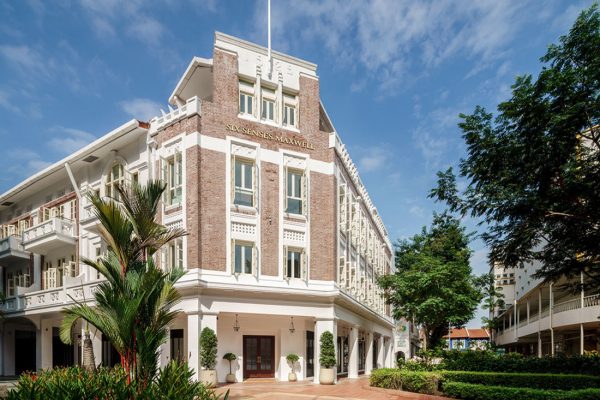
Six Senses Maxwell
The first was Six Senses Duxton that opened in early 2018. Together, both form Six Senses Singapore – offering a unique model of two properties sharing amenities in an attempt to encourage exploration of the neighbourhood.
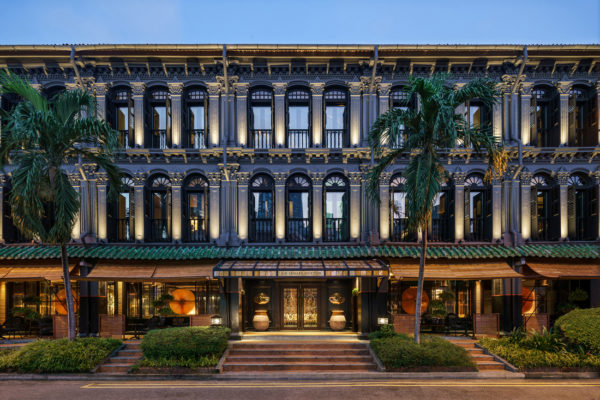
Six Senses Duxton
This philosophy syncs with that of the hotels’ owner Garcha Hotels, whose appreciation for tradition is reflected in the choice of shophouses his hotels are housed in.
Six Senses Maxwell’s art deco exterior has a quietly dignified presence. Walls of exposed brickwork and plaster, unique lion-head rain sprouts, octagonal-shaped columns and intricately latticed ventilation panels reflect a Western sensibility rooted in the tropics. The sensual and richly textured interiors with a strong baroque slant by French designer Jacques Garcia of New York’s NoMad fame pay tribute to this colonial past.
Guests enter a foyer edged with a cabinet of curiosities that house retail items ranging from ethically sourced Panama hats from Ecuador, Peranakan porcelain tea sets and baoding balls for meditation.
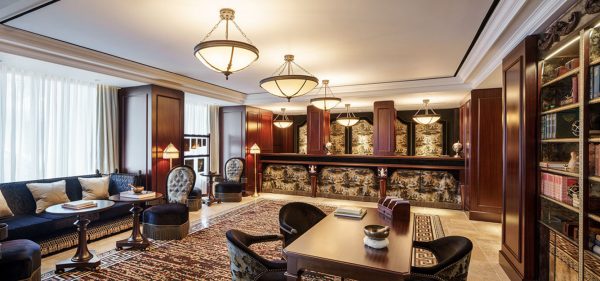
The reception counter beyond, framed in dark chestnut wood, is a masculine foil to Garcia’s flamboyant, high-backed velvet damask armchairs in the lobby. Altogether, this mise en scène offers the intimacy and familiar comforts of a domestic setting.
It’s no wonder, as French private houses provided the inspiration, says Laleh Amir Assefi, interior designer at Jacques Garcia’s studio. “The materials used must be natural so one feels at home. The spirit of luxury and wellbeing is [paramount].”
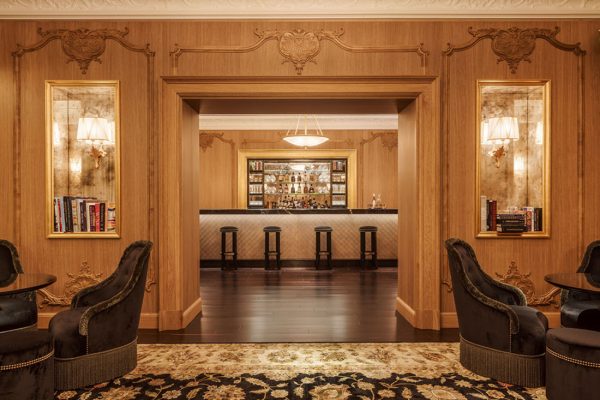
This design language perpetuates throughout the hotel – for example, in the sophisticated Garcha’s bar centred with a Cordoban leather counter with beech woodwork.
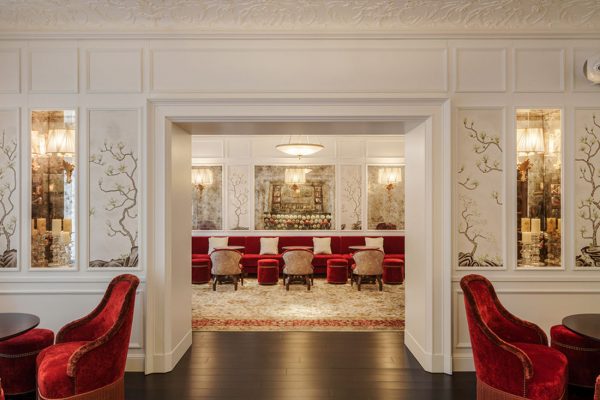
A corridor laid with stone recycled from Italian medieval churches sequences into the F&B offerings, capped by the Parisian brasserie-styled Murray Terrace at one end and the Cook & Tras Social Library at the other.
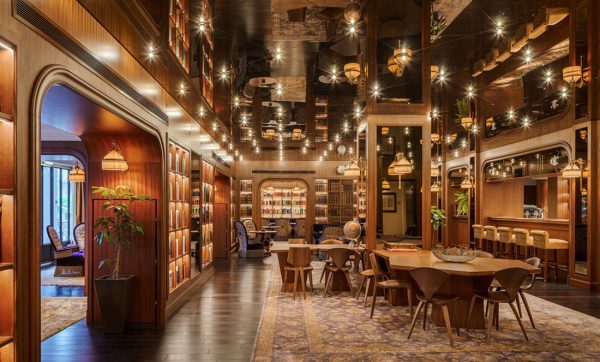
The latter is an actual library from which guests and members can borrow books from the old-fashioned way. 3,000 tomes line the solid timber shelves, curated by the UK’s Ultimate Library.
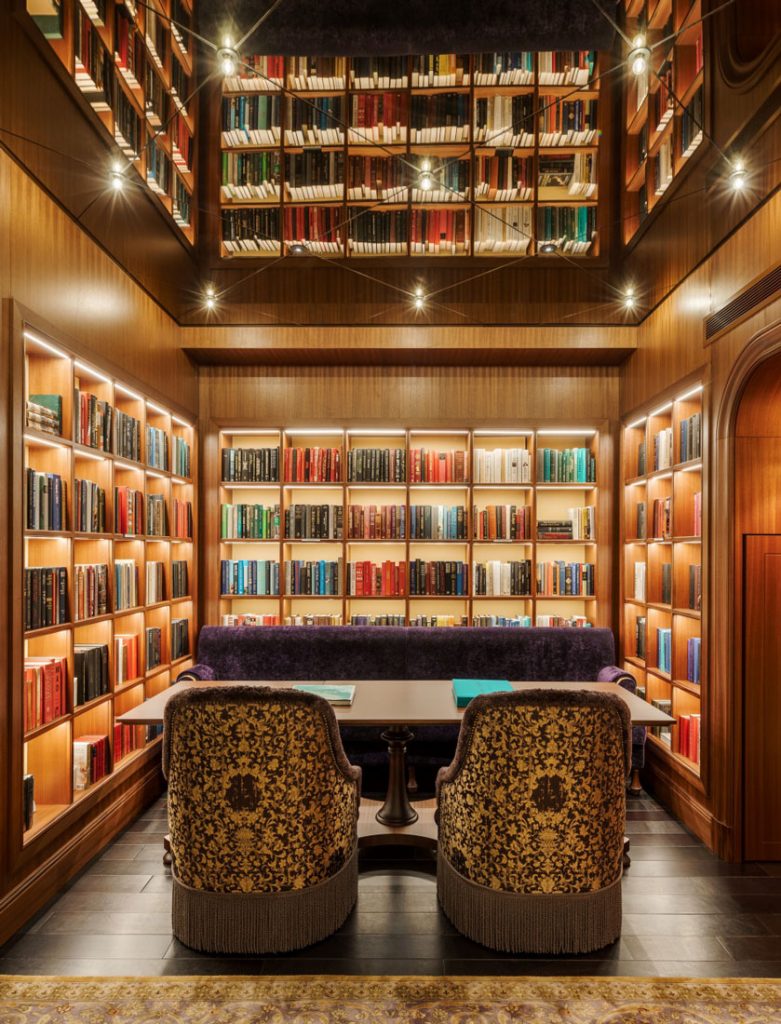
A hybrid of enveloping Hortense armchairs and smaller tables, and large organically shaped tables with Scandinavian-style timber seats, are reflected in the mirrored ceiling that lends the space depth and drama. As a thoughtful gesture, timber panels unfold from the walls to enable privacy between zones.
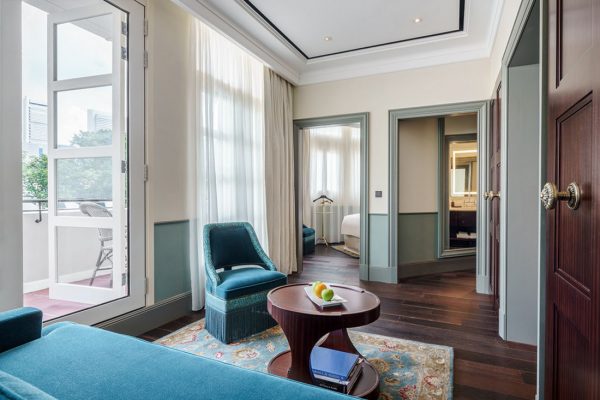
The 138 rooms and suites are equally luxe but never stuffy, with tasselled silk fabric lampshades, brocade bedheads in emerald green or ruby red, hardwood floors, minibars carved from brass, lacquer and marble, and classically shaped LeFroy Brooks bathroom fixtures well illumined by abundant light from the building’s heritage windows.

As a subtle reference to Colonel A. Murray, plenty of authentic indentures (or property deeds) of places in Singapore – some 200 years old – hang on walls alongside framed pictures, offering an experience that is as informative as it is tactile.
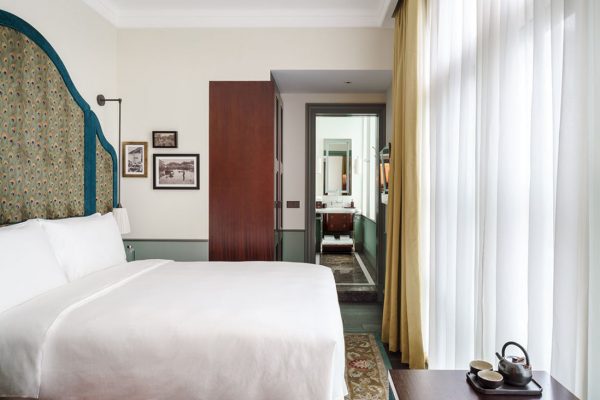
INDESIGN is on instagram
Follow @indesignlive
A searchable and comprehensive guide for specifying leading products and their suppliers
Keep up to date with the latest and greatest from our industry BFF's!

Sydney’s newest design concept store, HOW WE LIVE, explores the overlap between home and workplace – with a Surry Hills pop-up from Friday 28th November.

From the spark of an idea on the page to the launch of new pieces in a showroom is a journey every aspiring industrial and furnishing designer imagines making.

For those who appreciate form as much as function, Gaggenau’s latest induction innovation delivers sculpted precision and effortless flexibility, disappearing seamlessly into the surface when not in use.

At the Munarra Centre for Regional Excellence on Yorta Yorta Country in Victoria, ARM Architecture and Milliken use PrintWorks™ technology to translate First Nations narratives into a layered, community-led floorscape.
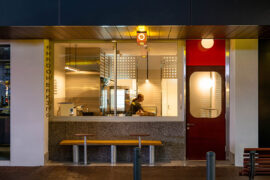
Working within a narrow, linear tenancy, Sans Arc has reconfigured the traditional circulation pathway, giving customers a front row seat to the theatre of Shadow Baking.
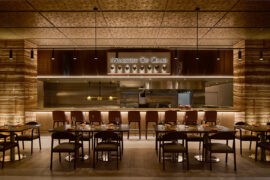
After more than two decades at Architects EAT, Eid Goh launches AIR, a new Melbourne-based studio focused on adaptive reuse, hospitality and human-centred design across commercial and civic projects.
The internet never sleeps! Here's the stuff you might have missed
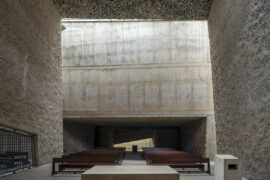
The World Architecture Festival has named The Holy Redeemer Church and Community Centre of Las Chumberas in La Laguna, Spain as World Building of the Year 2025, alongside major winners in interiors, future projects and landscape.
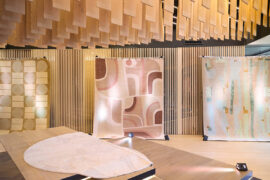
Tongue & Groove hosted a lively gathering to celebrate two new collections by Greg Natale, bringing together designers and industry peers.